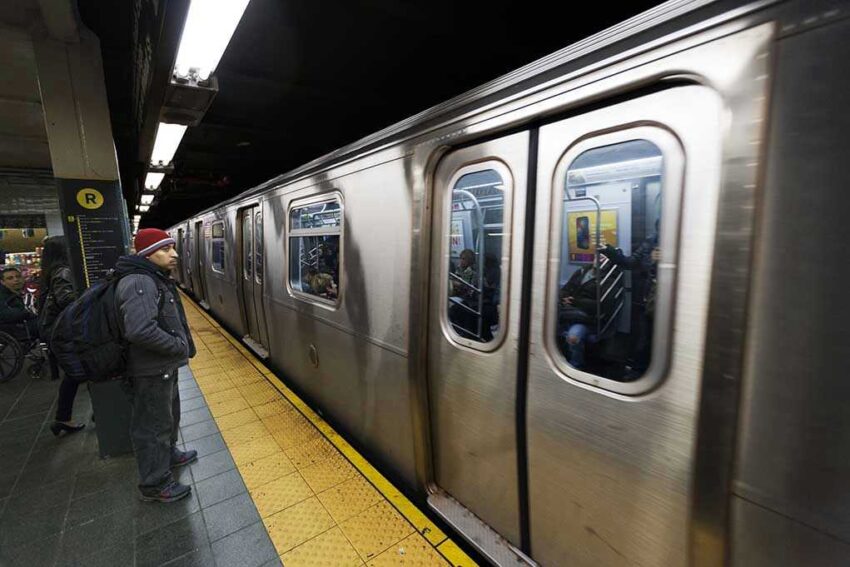When a stare turns deadly on a New York City subway, one man’s quick reflexes and decisive action reveal a shocking twist of fate.
At a Glance
- A staring contest escalates to violence in NYC’s subway.
- The initial victim turns the tables on his attacker.
- Despite decreasing crime rates, public fear remains high.
- Potential legal and policy implications loom.
A Stare That Turned Deadly
In the bustling chaos of New York City’s 14th Street Subway Station, a seemingly innocuous staring match between a 24-year-old man and an unnamed third party spiraled into a life-or-death confrontation. On that fateful Saturday evening, crowded train platforms bore witness to a swift escalation of tension. The third male, unable to let it slide, brandished a knife, slashing the 24-year-old in a shocking act of subway violence. It was a moment that would soon see the tables unexpectedly turned.
With adrenaline coursing through his veins, the young man, joined by his 20-year-old friend, refused to become another statistic. They pursued their attacker through the labyrinthine corridors of the station. In a dramatic reversal, they managed to disarm him and, in an ironic twist, fatally stabbed the assailant with his own weapon. This unanticipated outcome has thrown new light on the complex dynamics of self-defense and public safety in urban settings.
Public Perception vs. Statistical Reality
This incident unfurled amid a backdrop of decreasing subway crime rates, yet it has reignited fierce debates about safety in public spaces. While statistics from the NYPD and MTA show a drop in overall crime, the psychological impact of such high-profile incidents cannot be overstated. Commuters may find themselves clutching their bags a little tighter, eyes darting nervously across crowded platforms, even as officials assure them of their safety.
Despite the statistical improvements, the narrative of unpredictability and danger persists, fueled by media coverage and public discourse. Incidents like these overshadow the progress made and highlight the fragile balance between perception and reality in urban crime dynamics.
The Legal and Policy Ramifications
With the 24-year-old and his friend undergoing police questioning, the legal system now faces the delicate task of untangling the threads of self-defense and culpability. Their actions, while in self-defense, have resulted in a fatality—an outcome that demands careful legal scrutiny. As the NYPD continues its investigation, the public and media eagerly await potential charges and the ensuing legal battle that may redefine the boundaries of self-defense in such volatile situations.
City officials and the MTA are also under pressure to reassess safety protocols. The specter of increased surveillance and policing looms large, balanced precariously against concerns of civil liberties and over-policing. The outcome of this case could set a precedent, not just for New York City, but for urban transit systems worldwide.
The Broader Implications
This incident may have far-reaching consequences, affecting not only the individuals involved but also the millions of commuters who rely on the subway daily. Should safety concerns remain unaddressed, the MTA might witness a decline in ridership, impacting revenue and necessitating policy shifts. Socially, it reinforces negative perceptions about subway safety, potentially stigmatizing certain areas or populations.
Politically, city officials face mounting pressure to implement visible safety measures. The incident serves as a reminder of the delicate dance between ensuring public safety and maintaining public trust, a challenge that demands both immediate action and long-term strategic planning.
Sources:
Click this link for the original source of this article.
Author: Editor
This content is courtesy of, and owned and copyrighted by, https://www.rightwing.org and its author. This content is made available by use of the public RSS feed offered by the host site and is used for educational purposes only. If you are the author or represent the host site and would like this content removed now and in the future, please contact USSANews.com using the email address in the Contact page found in the website menu.








